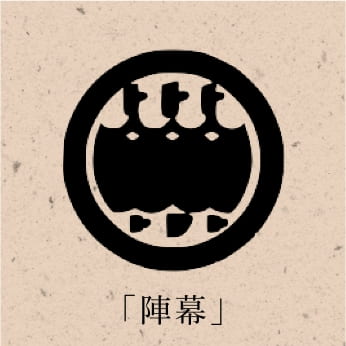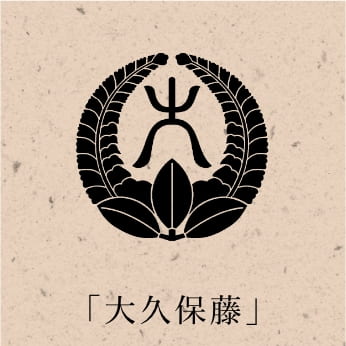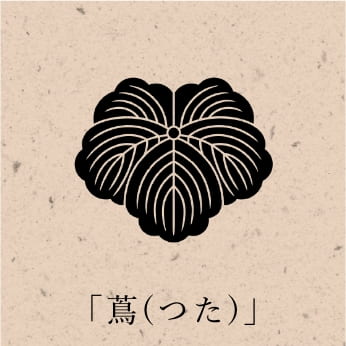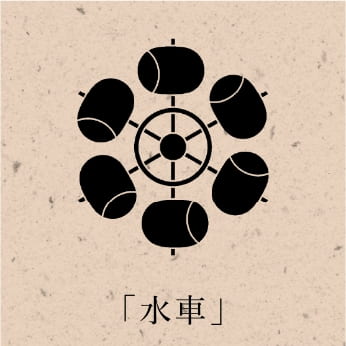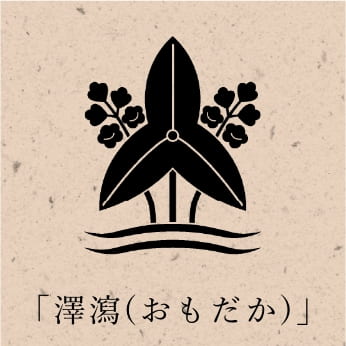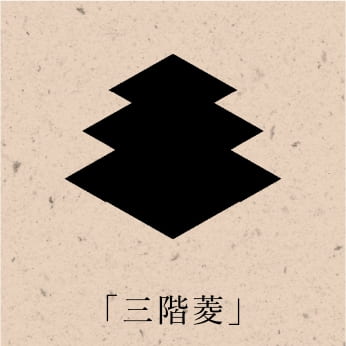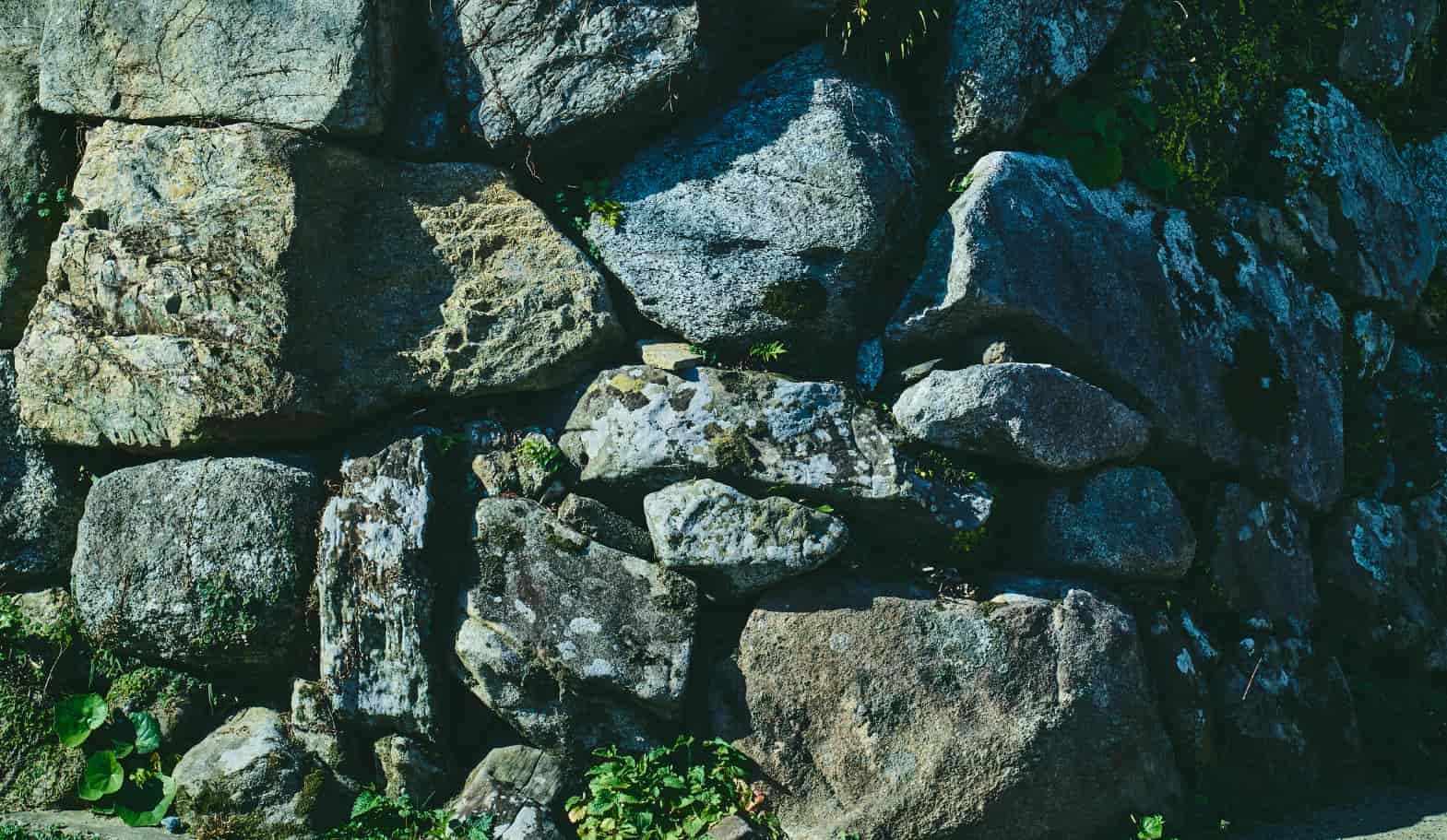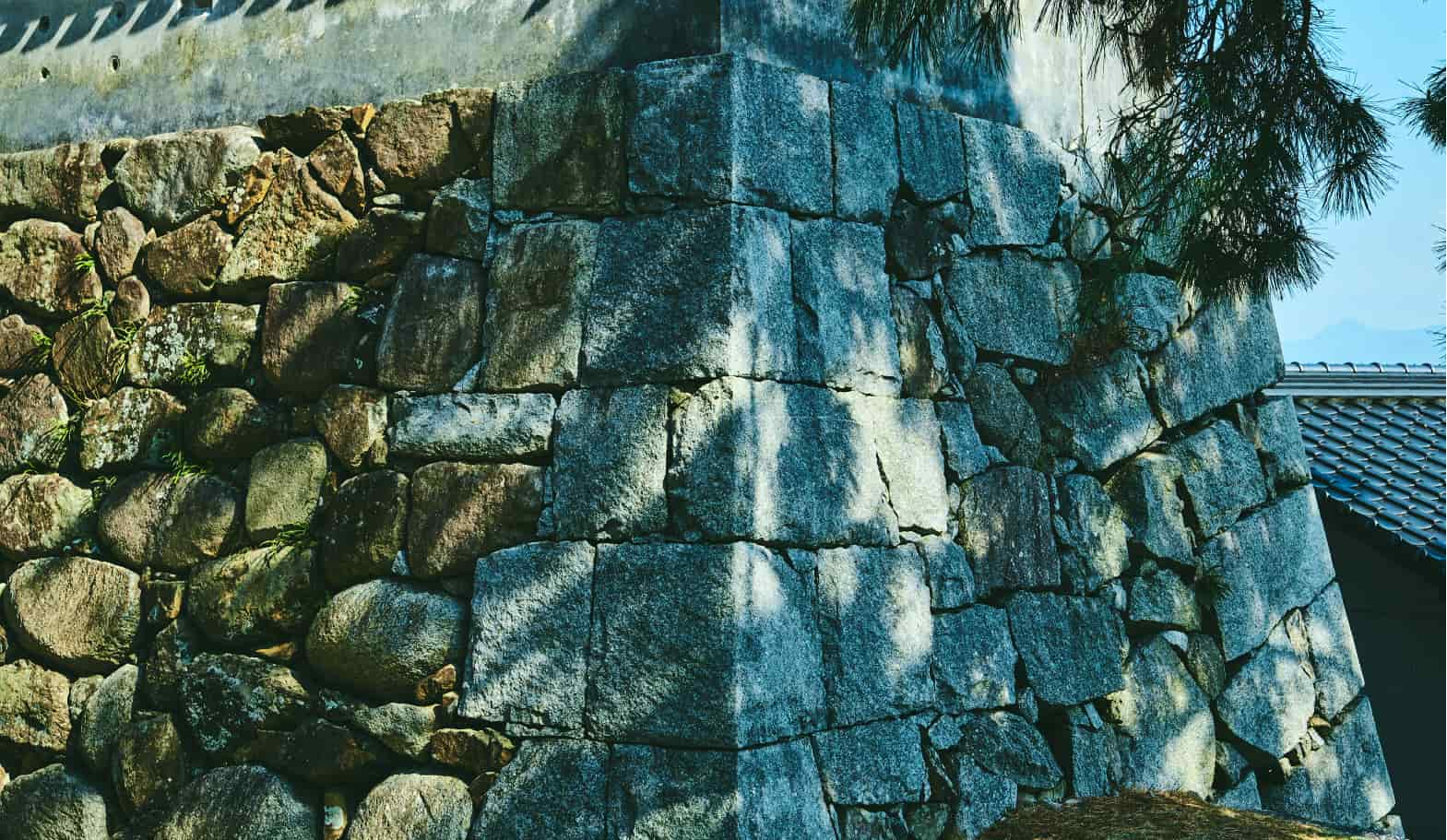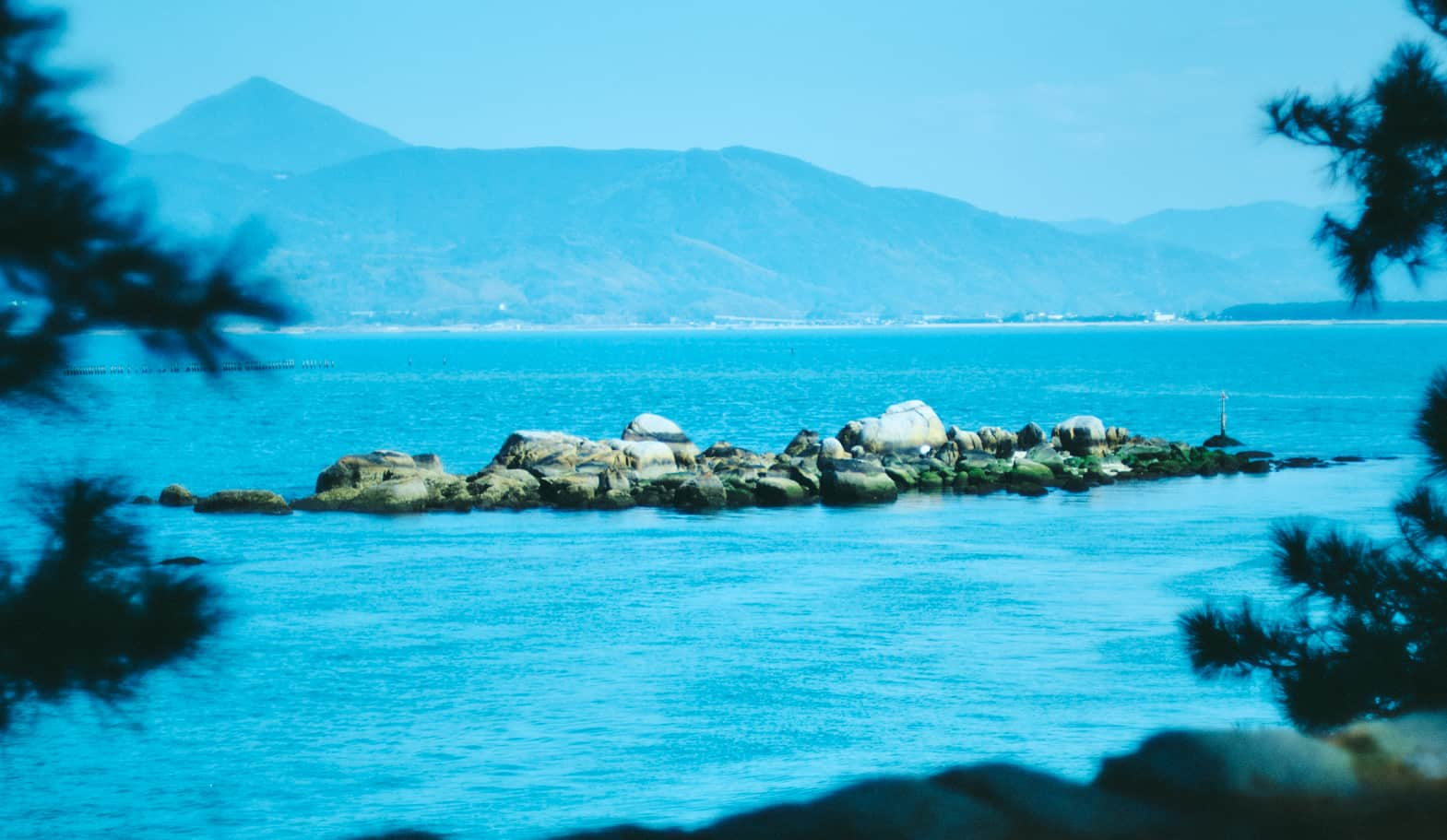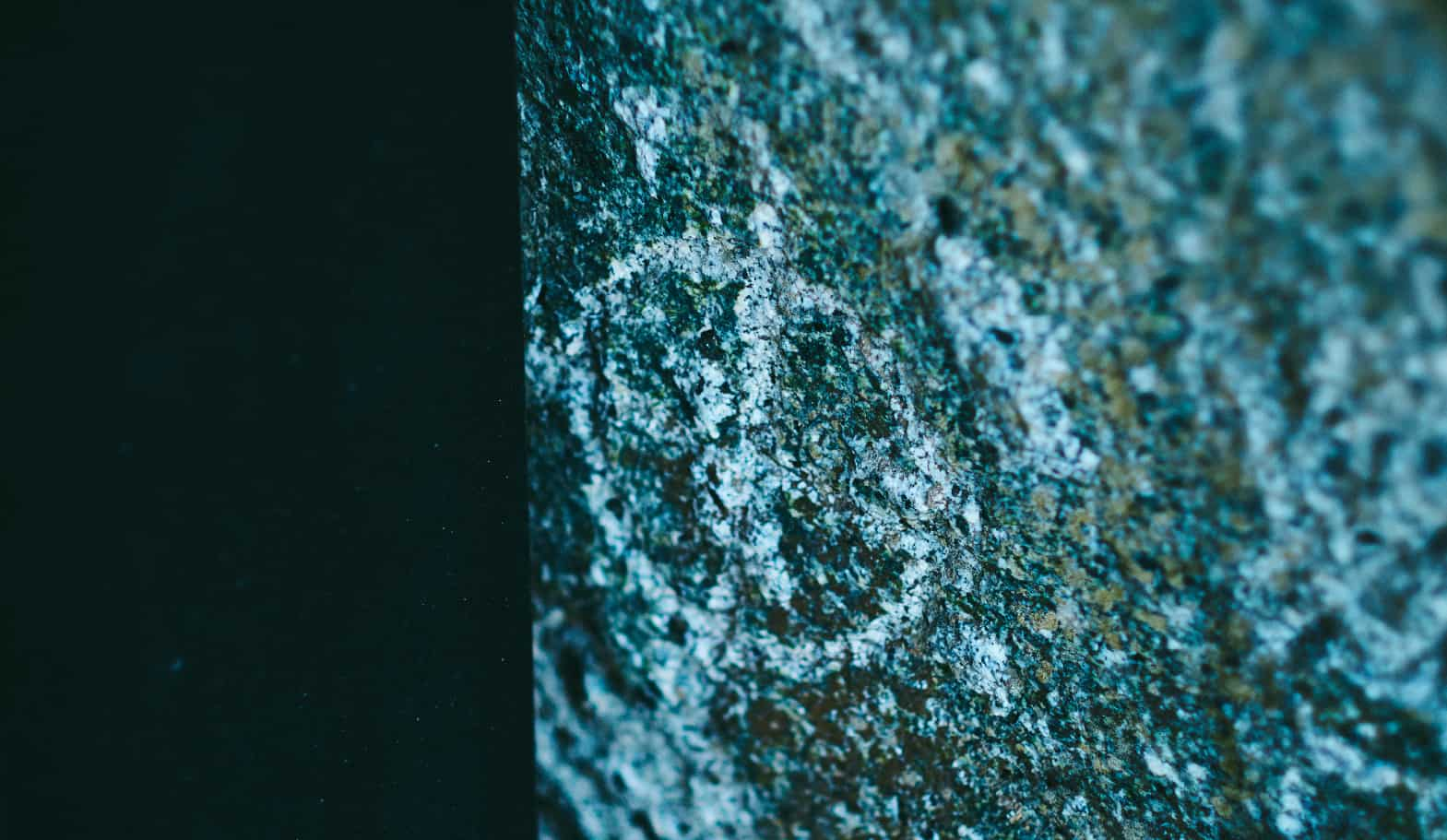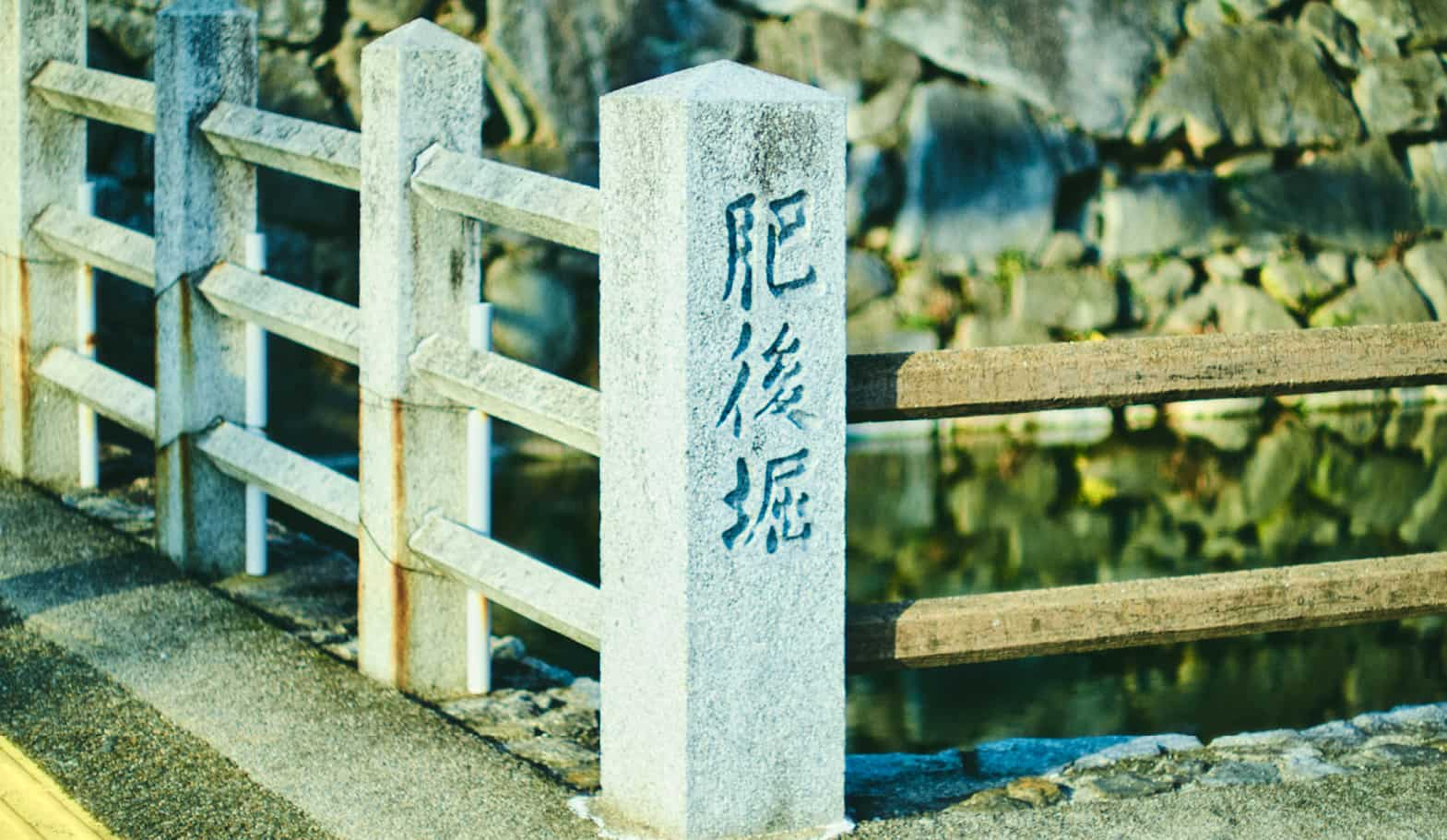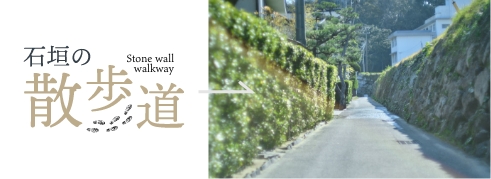Azuchi Castle, Nagoya Castle
Stone wall leading to Karatsu Castle
Karatsu Castle was built by Hirotaka Terasawa Shima no Kami,
a general who was promoted for his distinguished
service in the Battle of Sekigahara,
on a hill (Mt. Mitsushima) jutting out
like a peninsula at the mouth of the Matsuura River.
Karatsu Castle is the center of the castle town of Karatsu,
nd numerous stone walls can still be seen today.
The stone walls of Karatsu Castle are believed to
have been constructed by the “Ano-Ushu ,” who were involved in building
the stone walls of Azuchi and Nagoya Castles.
Other “gold leaf tiles”—believed to have first been
used by Oda Nobunaga at Azuchi Castle—
were also inherited by Osaka and Nagoya Castles,
built by Toyotomi Hideyoshi, and found at Karatsu Castle. In Karatsu,
several aspects of Azuchi-Momoyama culture
have been handed down over the past 400 years,
including Noh, Joruri, the tea ceremony, and Karatsu ware.
Karatsu Castle was built by Hirotaka Terasawa Shima no Kami, a general who was promoted for his distinguished service in the Battle of Sekigahara, on a hill (Mt. Mitsushima) jutting out like a peninsula at the mouth of the Matsuura River. Karatsu Castle is the center of the castle town of Karatsu, and numerous stone walls can still be seen today. The stone walls of Karatsu Castle are believed to have been constructed by the “Ano-Ushu ,” who were involved in building the stone walls of Azuchi and Nagoya Castles. Other “gold leaf tiles”—believed to have first been used by Oda Nobunaga at Azuchi Castle—were also inherited by Osaka and Nagoya Castles, built by Toyotomi Hideyoshi, and found at Karatsu Castle. In Karatsu, several aspects of Azuchi-Momoyama culture have been handed down over the past 400 years, including Noh, Joruri, the tea ceremony, and Karatsu ware.


